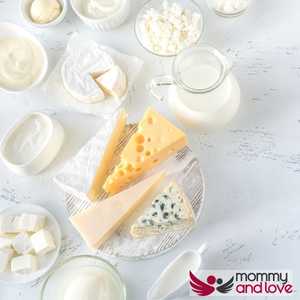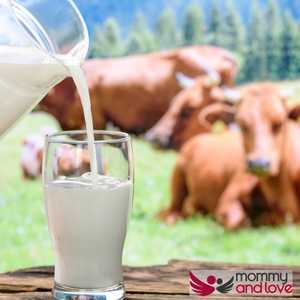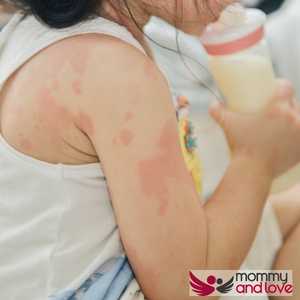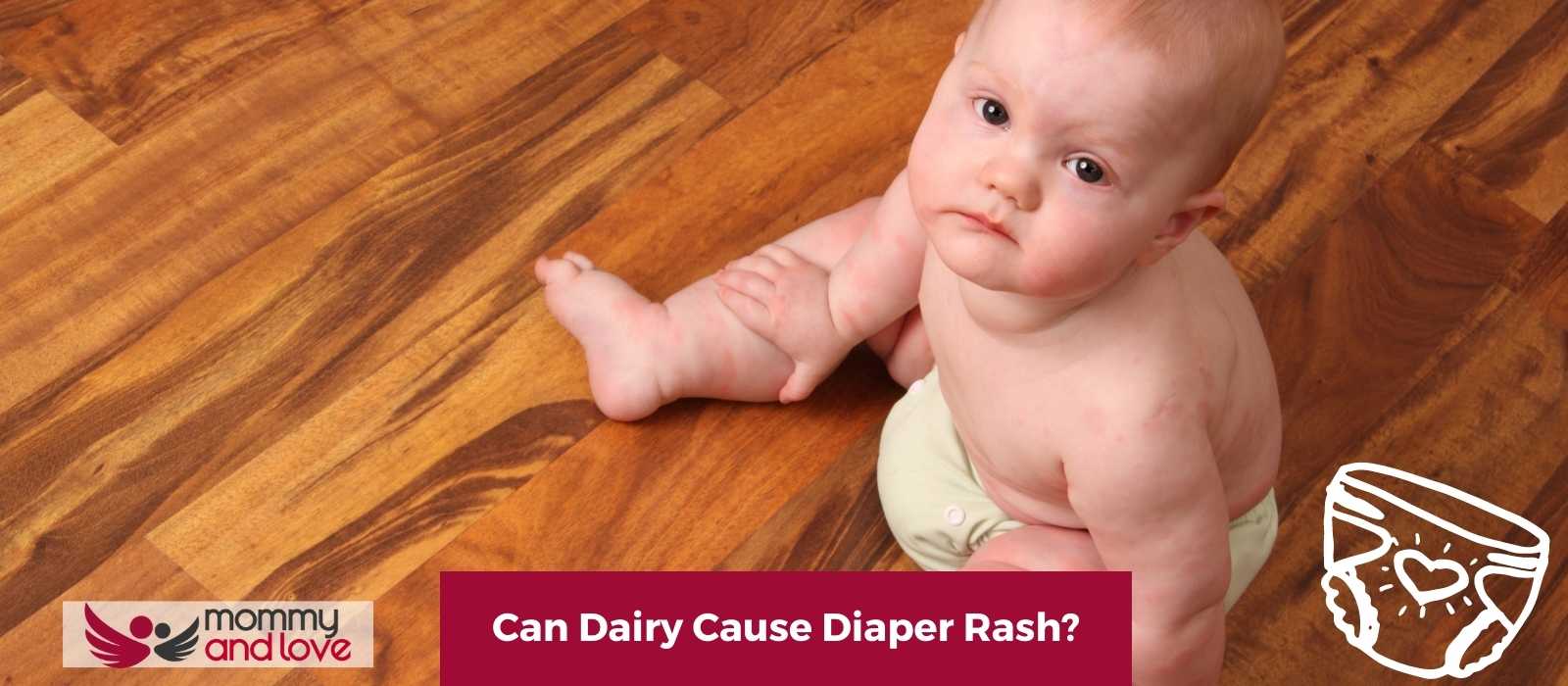Finding a diaper rash on your infant is a frightening experience. Who would guess that, of all the various causes, such as diaper rash or yeast infection, it’s most likely related to your baby’s milk?
Dairy diaper rash is caused mostly by the baby’s intolerance to the protein content of milk. The breakout is common, especially during the first few months.
However, his digestive system will ultimately improve and he will be able to consume the entire protein. As a result, his stomach condition will be resolved as well. By gradually introducing whole milk to your baby, you can avoid diaper rash and other gastrointestinal issues.
Unfortunately, dairy diaper rash is something that every mother should be aware of. If you give your infant whole milk for the first time and he develops a rash, he most likely has a dairy food sensitivity. That is why you must use caution when introducing something new, such as food.
What is the best way to introduce dairy products to your baby?
The good news is that your baby’s dairy intolerance will most likely resolve by the time he reaches his first birthday.
If he couldn’t tolerate cow’s milk formula as a baby, his system might accept milk now that he’s older. However, if your infant is currently on hydrolyzed or soy formula, you should contact your doctor before introducing milk.
If your baby does not have any underlying medical issues, the ideal way to start with milk is as follows:
Introduce dairy in a small amount

Breastmilk and formula taste different from whole cow’s milk. Initially, your child may develop an aversion to the flavor.
As a result, it is better to feed it to your child by including milk into his present milk diet. Gradually increase the amount until he becomes accustomed to the taste.
Aside from prepping his taste buds for milk, it is also a simpler way to get his stomach to adjust. As a result, you will no longer have to bother with digestive issues or diaper rash.
Replace the bottle of formula milk with a bottle of dairy milk
You can now sneak dairy into his bottle if he appears to be fine with it.
You may even serve it in a sippy cup to make it more appealing. He need 2 to 3 cups of milk each day, in addition to other solid foods.
Relationship between dairy and diaper rash
Dairy and diaper rash can be related to one another. After all, dairy is a common cause of diaper rash. Most children who are still on formula, a milk-based formula might cause diaper rash. This is usually the result of a milk allergy, which might be mild or severe.
Some children under the age of 3 also have difficulty digesting the proteins found in milk. This can also result in diarrhea, vomiting and diaper rash. Soy milk and almond milk are excellent alternatives.
Cow’s milk allergy

Milk allergies are common in children under the age of three and it can cause diaper rash.
A milk allergy only relates to cow’s milk and excludes breast milk.
Breast milk contains none of the proteins that cause a cow’s milk allergy.
If the breast feeding mother consumes cow’s milk products, some of the proteins in the milk can enter the breast milk and induce an allergic reaction in the nursing baby. A milk allergy is a significant medical disorder that can result in life-threatening reactions. Asthma, pain, hives in the body, and facial swelling are common signs and of a milk allergy.
Sensitivity or reaction to cow’s milk proteins that can cause diaper rash. This can also lead to abdominal distension and pain.
How to know if your child has an allergy to dairy?

A skin prick test or blood sample is required for the diagnosis of a cow’s milk allergy.
To avoid causing further distress to a child which is sensitive to milk, a doctor will usually recommend an elimination diet in which cow’s milk is eliminated immediately to determine the cause of the allergy.
This means that the formula must be changed to one that does not contain cow’s milk, or a breastfeeding woman must eliminate all dairy from the baby’s diet for the balance of the time she wishes to nurse. If a cows’ milk allergy is the cause, there should be a noticeable shift in common symptoms within a few days. Other first signs include eczema which appears to be bright red.
When should you consult a doctor regarding a dairy diaper rash?
Parents should consult their pediatrician before introducing dairy products to their little one if he or she has a food or milk allergy. You can also substitute soy, almond, coconut, or rice milk for whole milk. However, they may not provide the same value as whole milk.
Your pediatrician will have a better diagnosis and option for meeting the nutritional needs of your little one.
The Bottom Line
Dairy can cause severe diaper rash in babies, but it can also help prevent the occurrence. If you are feeding your baby dairy and they develop a nappy rash allergy, consult with your doctor for treatment and to determine if there is an underlying medical issue that needs to be addressed.
Otherwise, eliminate all dairy from the diet of your babies for 7-10 days before introducing any type of milk back into their system again. You can try soy or almond milk as alternatives in order to meet nutritional requirements without adding more sensitivities into the mix.

This article was written by: Gian MIller – Full-Time Writer, Baby Whisperer & Dad of 3.
Gian spends a lot of his time writing. A self-proclaimed baby whisperer, Gian has been through it all with his own children and is passionate about sharing his hard-won wisdom with other parents. When he’s not writing or changing diapers, you can find him playing the guitar or watching baseball (or preferably both at the same time).




